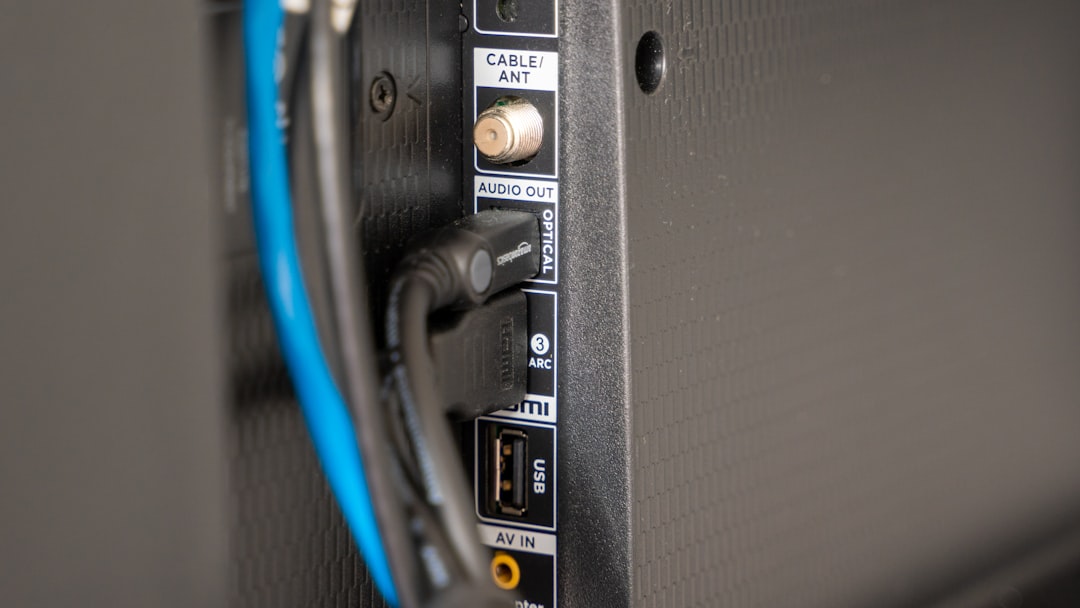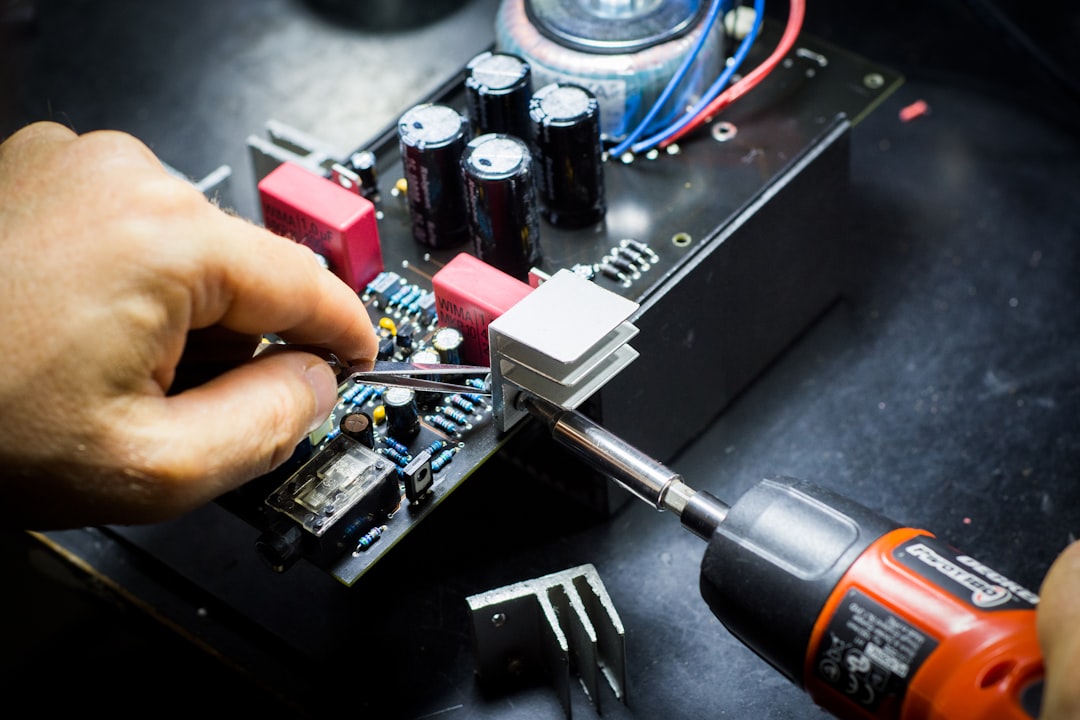Ever had your air conditioner just quit on the hottest day of summer? Chances are, it lost some of its refrigerant. This doesn’t just make things uncomfortable—it also costs a lot of money and harms the environment. Let’s talk about how to stop that from happening.
Keeping refrigerants where they belong—inside your HVAC system—is super important. How do you do that? Through regular maintenance and smart leak testing. Don’t worry, we’ll make it fun and simple!
Contents of Post
What is Refrigerant?
Refrigerant is the magic cooler. It flows through air conditioners, refrigerators, and heat pumps. It takes heat from one place and dumps it somewhere else.
Without refrigerants, our food would spoil fast and summers would be unbearable. But when refrigerant leaks, it’s a big deal. It hurts your wallet and the planet. That’s why spotting leaks early and fixing them is so important.
Why Do Refrigerants Leak?
Leaks can happen for lots of reasons:
- Wear and tear – Pipes weaken over time.
- Corrosion – Moisture causes metal to break down.
- Vibration – Units shake and small cracks form.
- Poor installation – Mistakes at the start lead to big problems later.
Even the smallest leak can lead to a big loss over time. You can’t always see or hear it. That’s why leak testing is so important. No one likes sneaky problems!
The Role of Maintenance
Imagine your AC as a car. You wouldn’t go years without changing the oil, right? The same idea applies to your HVAC system.
A good maintenance schedule looks like this:
- Check system every 6 months.
- Look for signs of wear and tear.
- Clean coils and replace filters.
- Do a leak test at least once a year.
Technicians have cool tools to do leak tests. Think infrared cameras, sniffer devices, and even soap bubbles. Yep, soap bubbles still work!

What is Leak Testing?
Leak testing is like detective work for HVAC systems. It helps find spots where refrigerant is escaping.
Top 3 Leak Test Methods:
- Electronic Leak Detectors – These sniff the air for refrigerants. Super handy!
- Ultrasonic Testers – High-pitched sounds help locate the leak. You might not hear it, but the tool does.
- Dye Tests – Special dye is added to the refrigerant. If there’s a leak, it glows under UV light.
Each method has its own superpower. Often, pros mix and match to get the best results.
What Happens if You Ignore Leaks?
Bad things. Here’s what might happen if you skip maintenance:
- Higher Bills – The system works harder with less refrigerant.
- Machine Damage – Compressors can get wrecked.
- Regulatory Fines – Yep, there are laws about this stuff.
- Environmental Harm – Lost refrigerant escapes into the air, where it can worsen climate change.
So yeah, ignoring leaks is not cool—in every sense of the word.
Set Your Maintenance Schedule
If you’re in charge of the building, don’t wait for trouble. Plan your maintenance! Here’s a sample schedule you can follow:
Monthly:
- Check air filters and vents.
- Listen for strange sounds.
Every 6 Months:
- Inspect coils and connections.
- Clean fans and drainage systems.
Yearly:
- Conduct full leak detection tests.
- Check refrigerant levels and recharge if needed.
- Review system performance.
Keep a logbook too. It makes future changes and repairs much easier.

Bonus Tips to Prevent Leaks!
Want to go from great to awesome? Try these extra smart tips:
- Get Pro Installation – A proper beginning prevents bad endings.
- Use quality parts – Cheap valves and connectors may leak sooner.
- Add vibration dampeners – These reduce shaking and stress on parts.
- Protect outdoor units – Covers and shelters slow down wear.
Also ask your technician about retrofitting. Newer systems and refrigerants can help reduce the risk and damage from leaks.
Regulations You Should Know
Some laws require leak checks once a year. Big systems—or ones with known problems—may need more frequent testing.
For example, under the EPA Section 608 rules in the U.S.:
- If your system contains ≥50 pounds of refrigerant, it must be leak-checked regularly.
- If it leaks 10% or more a year (for comfort cooling systems), you must repair it.
- Recordkeeping is mandatory. Keep those logs!
Smart, scheduled maintenance helps you stay on the right side of those rules.
Signs You Might Have a Leak
Here’s how your HVAC system tries to tell you something’s wrong:
- It blows warm air instead of cold.
- Your energy bill spikes for no reason.
- Ice shows up on indoor or outdoor coils.
- You hear hissing or bubbling sounds.
If you notice any of these, call for service. Don’t wait!

In Conclusion
Stopping refrigerant loss is one of the smartest things you can do. It’s good for your house, your wallet, and the Earth.
Stick to a routine:
- Do regular checkups.
- Find and fix leaks early.
- Keep good records.
And remember, just like brushing your teeth, a little care today prevents big problems later. So let’s give refrigerants a happy home—inside your AC—and keep the cool air flowing!

